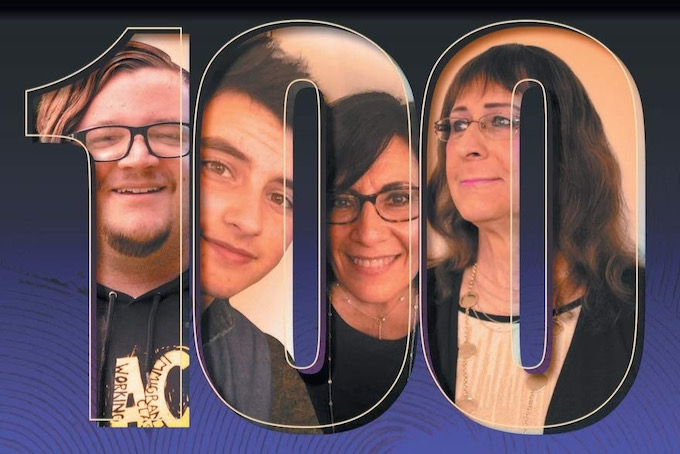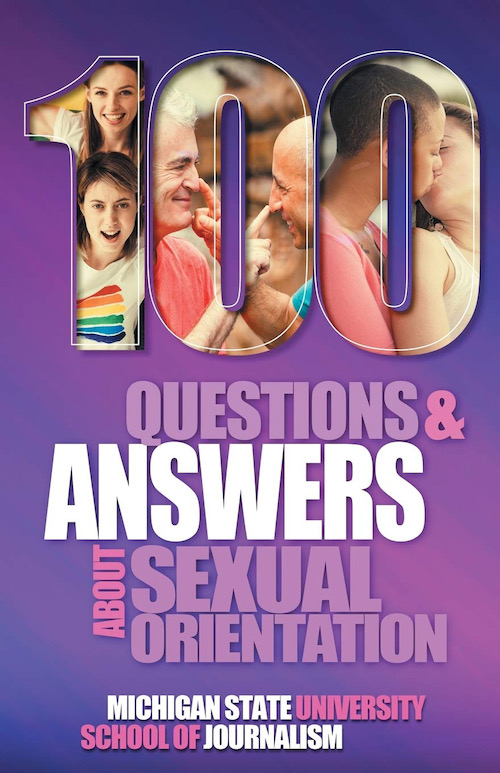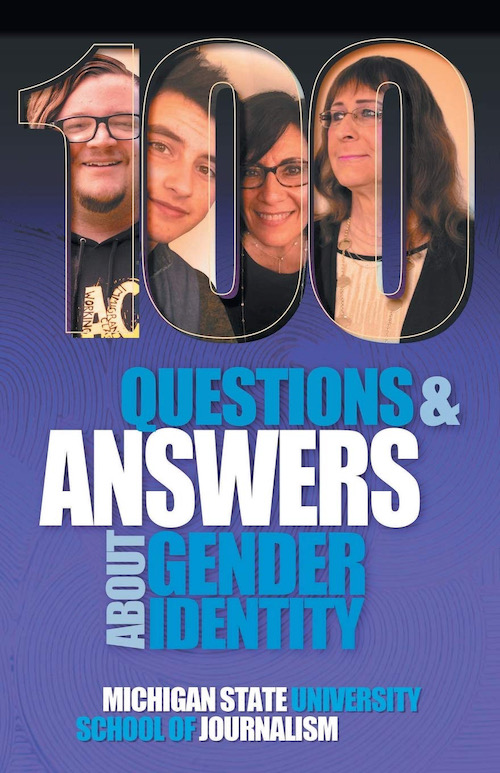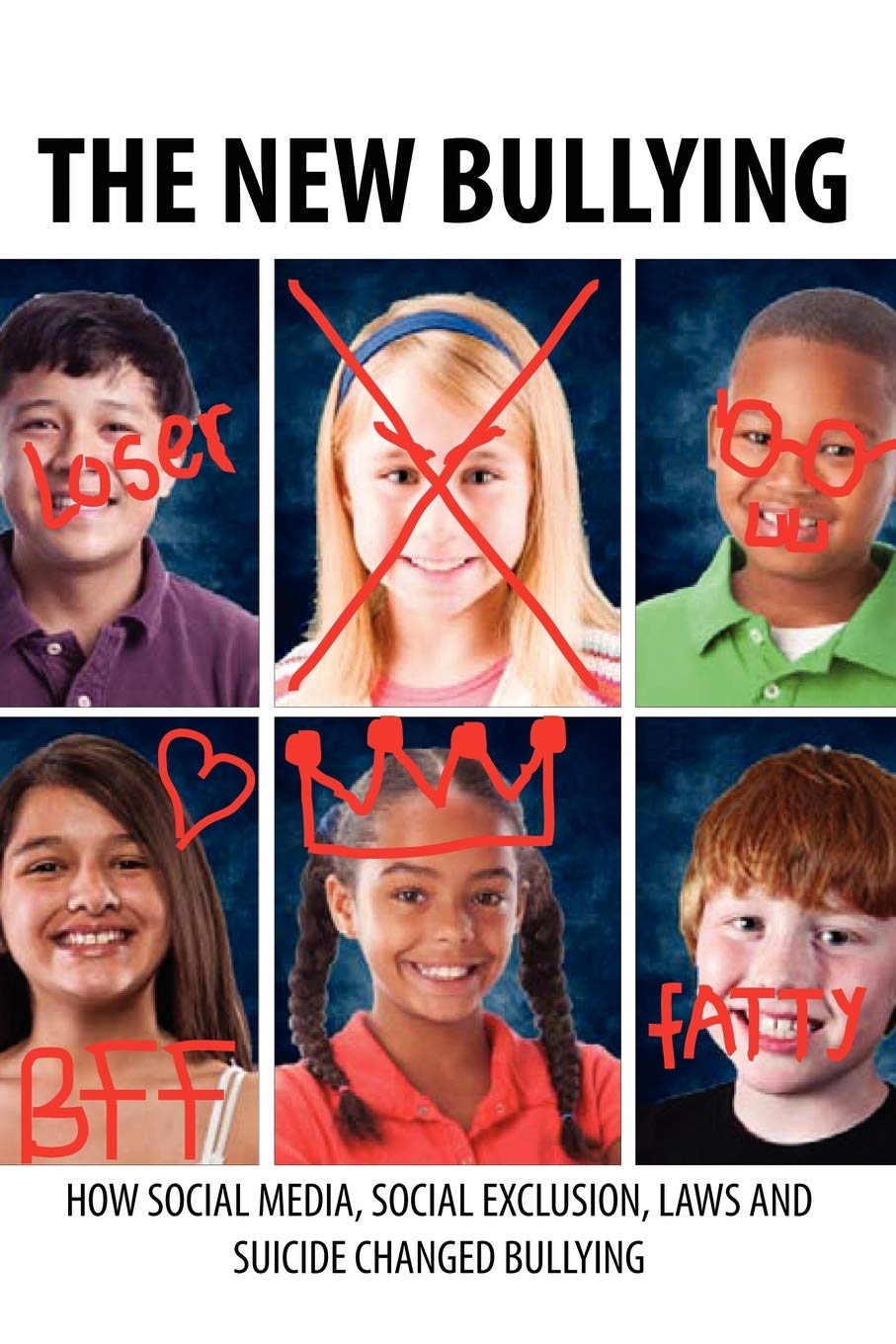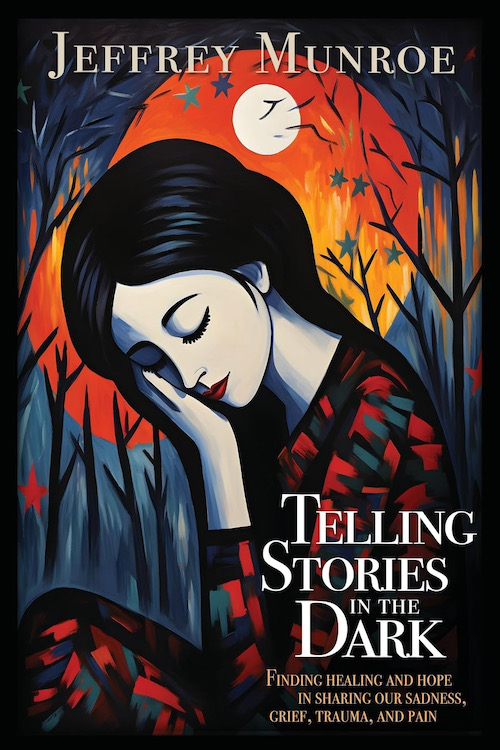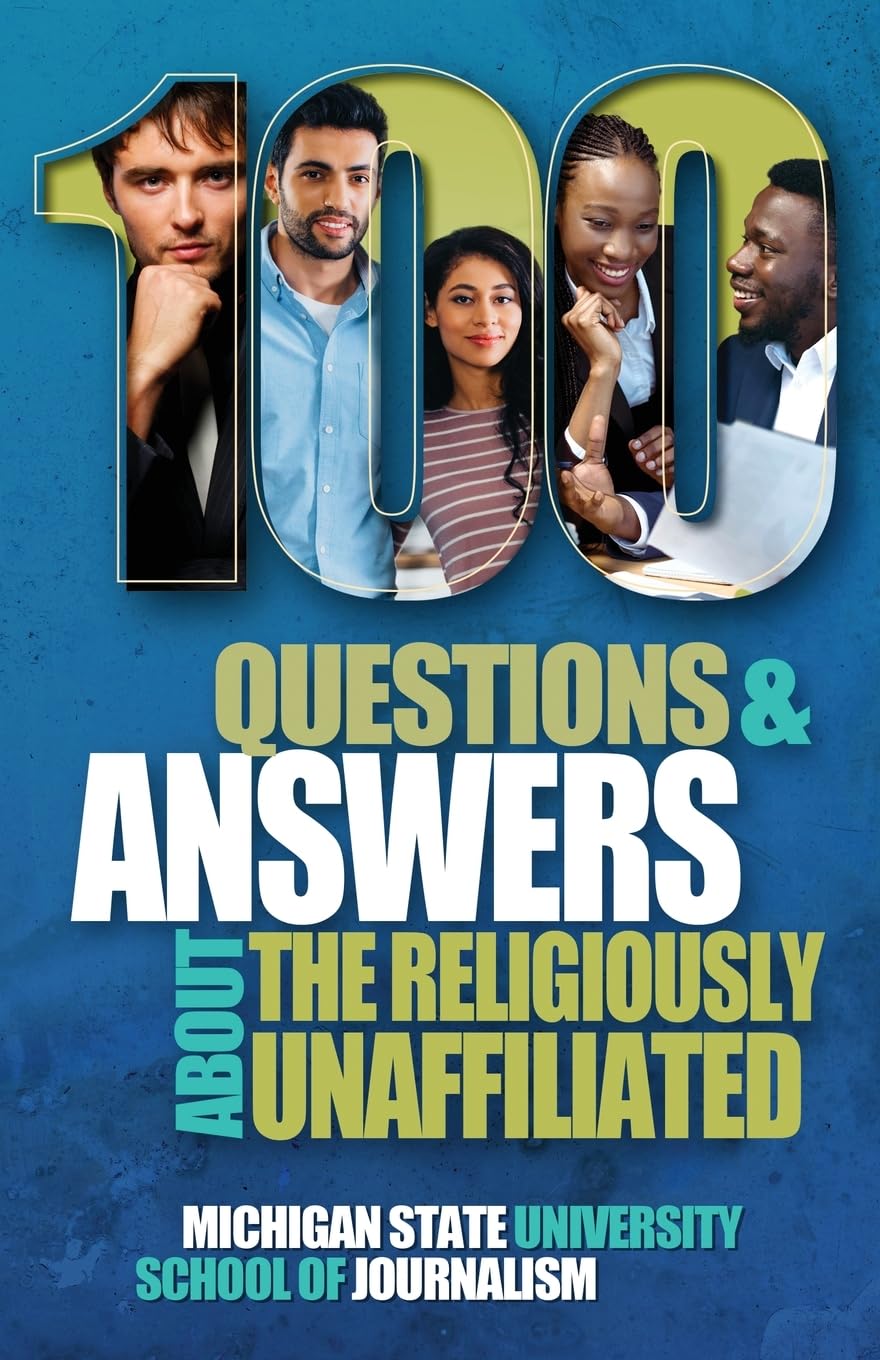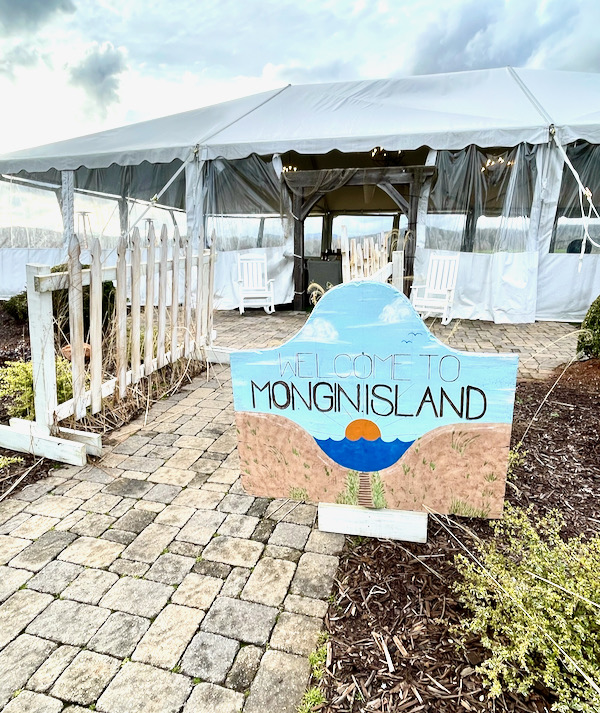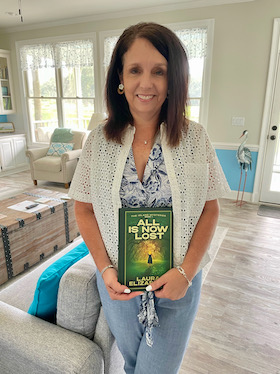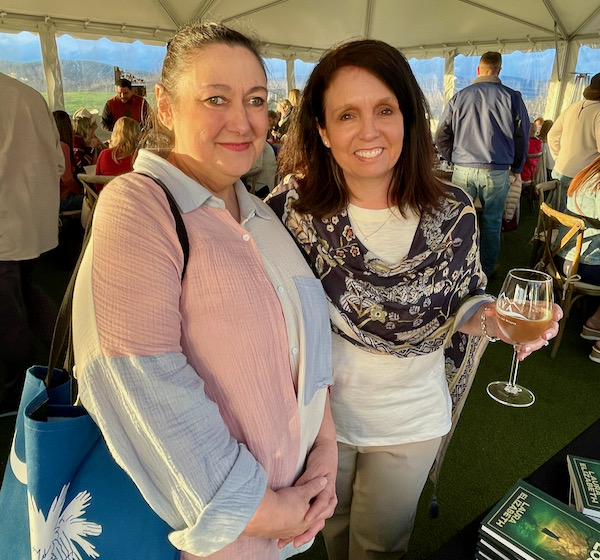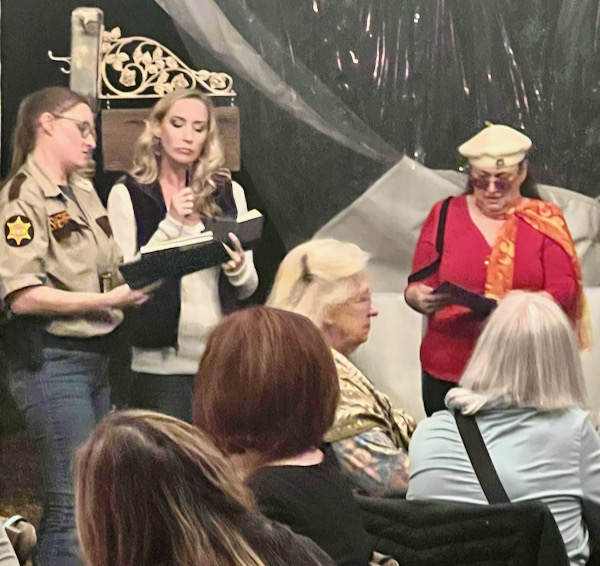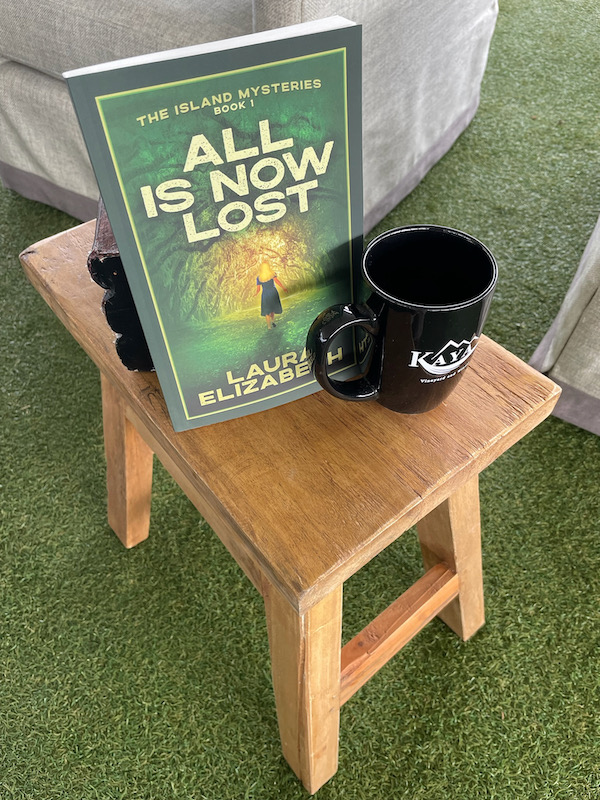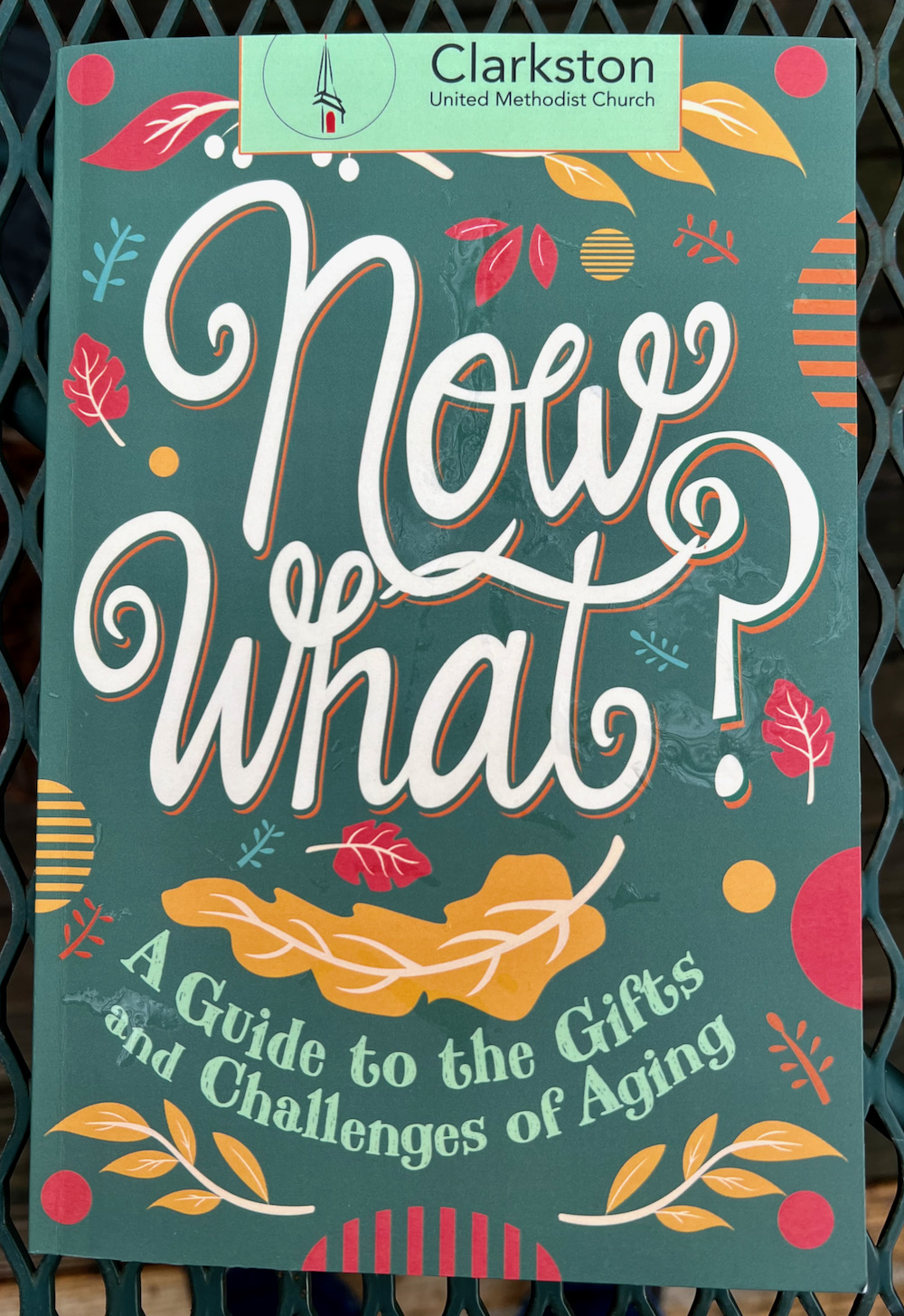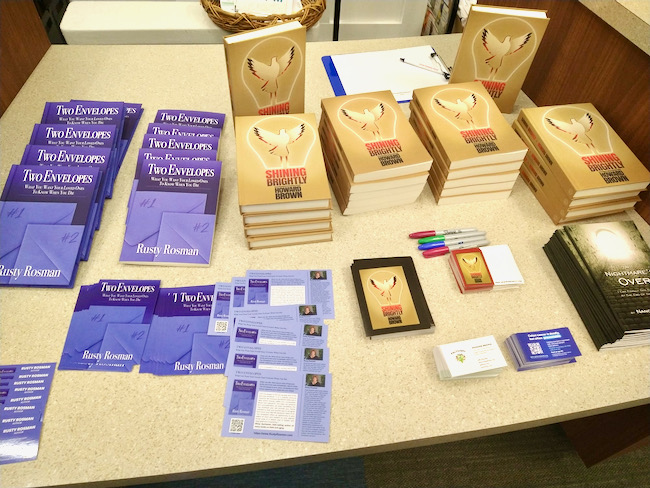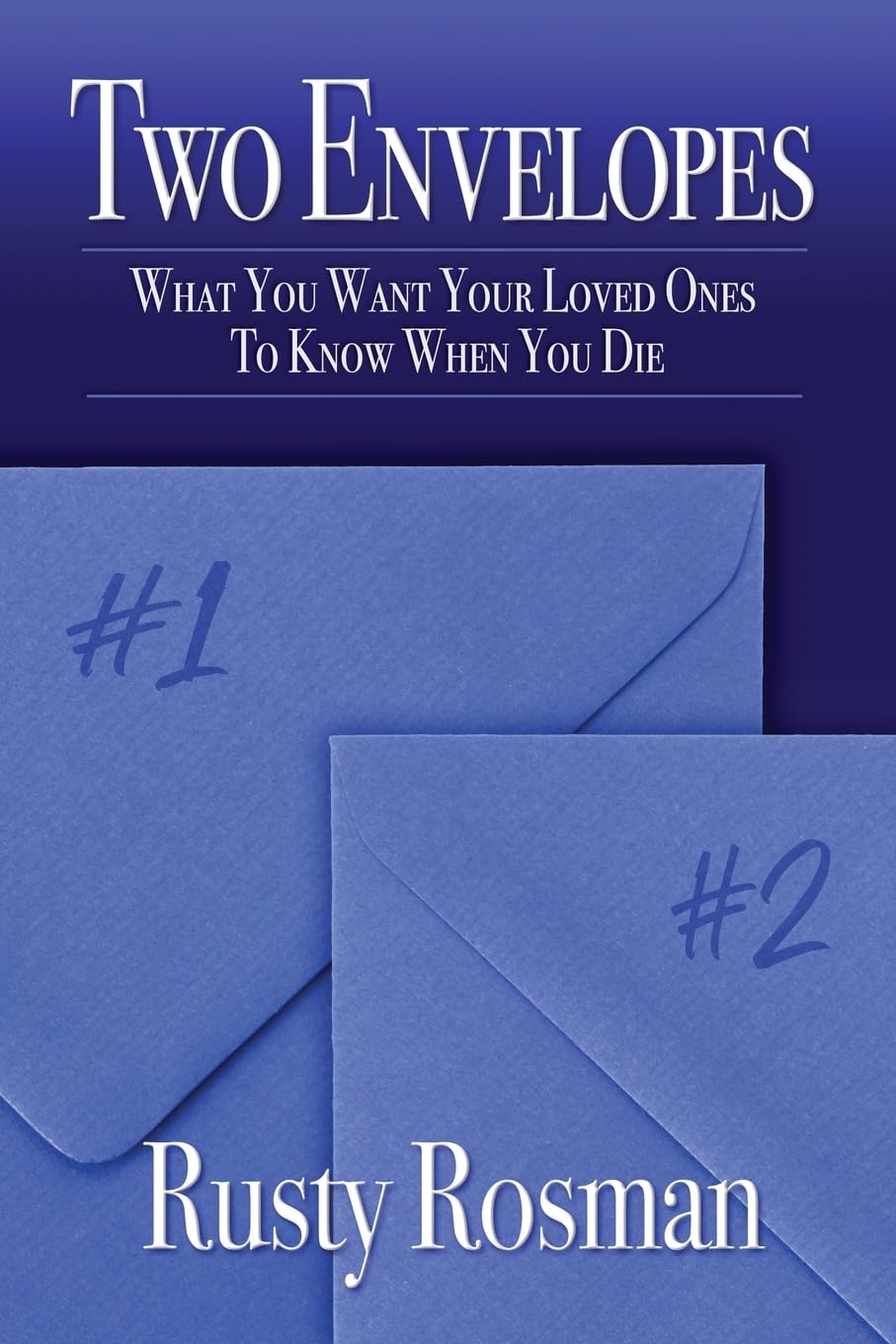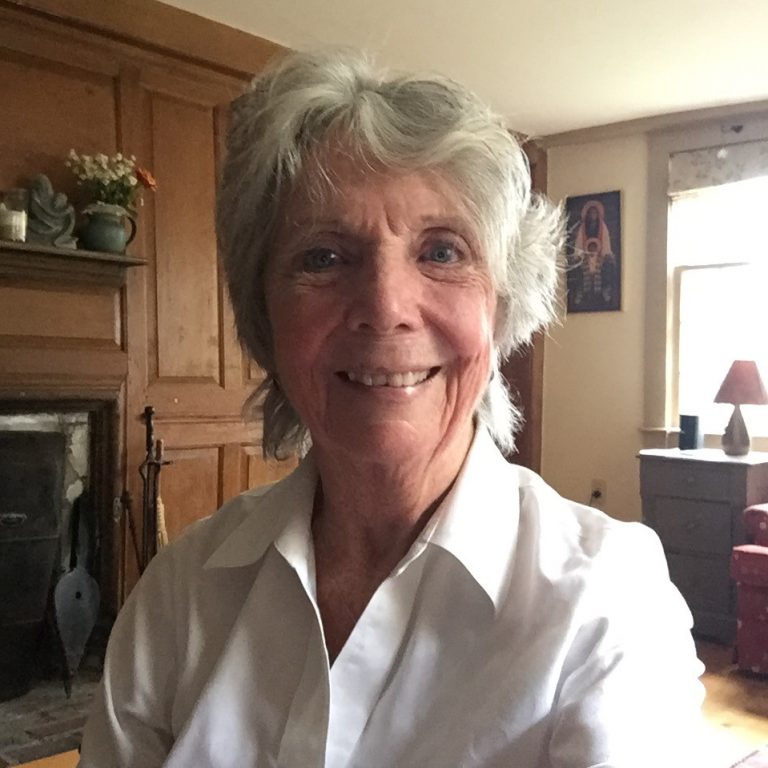EDITOR’S NOTE: “It’s a book so meaningful, strangers tell others to read it.” In 17 years of publishing books, we can tell you: That’s the highest praise an author can aspire to earn. Since our founding in 2007, our authors have shared our mission: “Good media builds healthy community.” That happens when strangers feel compelled to spread the good news to others. Jeff Munroe’s new book, Telling Stories in the Dark, is receiving that valuable word of mouth. In this column, Jeff writes about one of his mentors who impressed him in this same way.
Meeting an author whose life and books have shaped my own
By JEFFREY MUNROE
Author of Telling Stories in the Dark
Sometime in the 1980s, I attended a discussion about dismantling Apartheid, the South African system of discrimination and segregation that allowed a non-White minority to rule that country. One of the speakers was Nicholas Wolterstorff, a professor of philosophy at Yale University. Wolterstorff was joined by Alan Boesak, President of the World Alliance of Reformed Churches, a black South African who had very few civil rights in his own country. Their conversation was enthralling, and after the event I walked into a pop-up store that featured books by the authors.
Nicholas Wolterstorff’s books were on topics like art and aesthetics, reason and religion, and justice and peace. I suspected they were beyond me. (No one was going to suggest I study philosophy at Yale.)
Amid these weighty tomes, there was a small book called Lament for a Son. When I picked it up, a stranger leaned over and said, “Oh, you’ve got to read that one.” As I experienced, it’s a book so meaningful strangers tell others to read it.
Wolterstorff had lost a son in a climbing accident a couple of years earlier. Lament for a Son was a full-throated cry of anguish, sorrow, and grief. I took it home, read it in a day, and then read it again. I’ve read it five or six times since—it’s one of those books I keep returning to. There is great comfort in Wolterstorff’s words. He hadn’t put aside his great intellect to write the book, but there was nothing academic or intellectual in an off-putting way about it. It was thoroughly human and riveting and it is a book I treasure.
Fast-forward more than 30 years: As I was working on my book Telling Stories in the Dark, a book about people who have not only faced great loss but have done something redemptive with their loss, I thought of Nicholas Wolterstorff. I wondered if I might interview him for my book. I knew he was about 90, but had a mutual friend who told me Wolterstorff was still at the top of his game. I asked the friend if he would introduce us through email, and, as it turned out, Wolterstorff was happy to talk with me and be in my book.
The pandemic was winding down, so I used Zoom for the interview, which also gave me an easy way to record our conversation. The first thing the distinguished Professor Nicholas Wolterstorff did was insist I call him Nick. Then he mesmerized me as he spoke not only about the loss of his son but of living with this loss for decades. I knew our conversation was going to be very helpful for others.
When the interview ended, I shut down Zoom and waited for my computer to tell me it was storing the recording. Nothing happened. After a few moments of panic, I realized I was so excited about interviewing Nick—I had never hit the “record” button. (I might have said one or two bad words at this point.)
I quickly wrote down everything I could remember—thankfully, I had my list of questions, so used that as an outline. Then I decided the only thing to do was come clean. I decided to go back to him, tell the truth (leaving out the part about messing up because I was nervous about talking to one of the gods on Mt. Olympus), and hope for the best.
He was incredibly gracious. He offered to do the interview again, and also offered to send me some additional things he’d written as background. I used what he sent, augmented my notes, and then sent what I had to him.
He wrote back almost immediately, gave me a few corrections, and told me it was “excellent.” (For a second, I thought maybe I should have studied philosophy at Yale after all.)
I am profoundly grateful that we know each other. Nicholas Wolterstorff is one of our most distinguished philosophers. He has been invited to lecture at virtually every prestigious university in the world. Yet the other day, when I visited his church to lead an adult education class on sorrow and grief, he not only welcomed me enthusiastically—he walked me through the large building so I arrived where I needed to be.
He and his wife sat in my class and expressed gratitude that I had told their story well. His humility and authenticity are remarkable.
And so is his story, which I am exceedingly proud makes up Chapter 9 of Telling Stories in the Dark.

